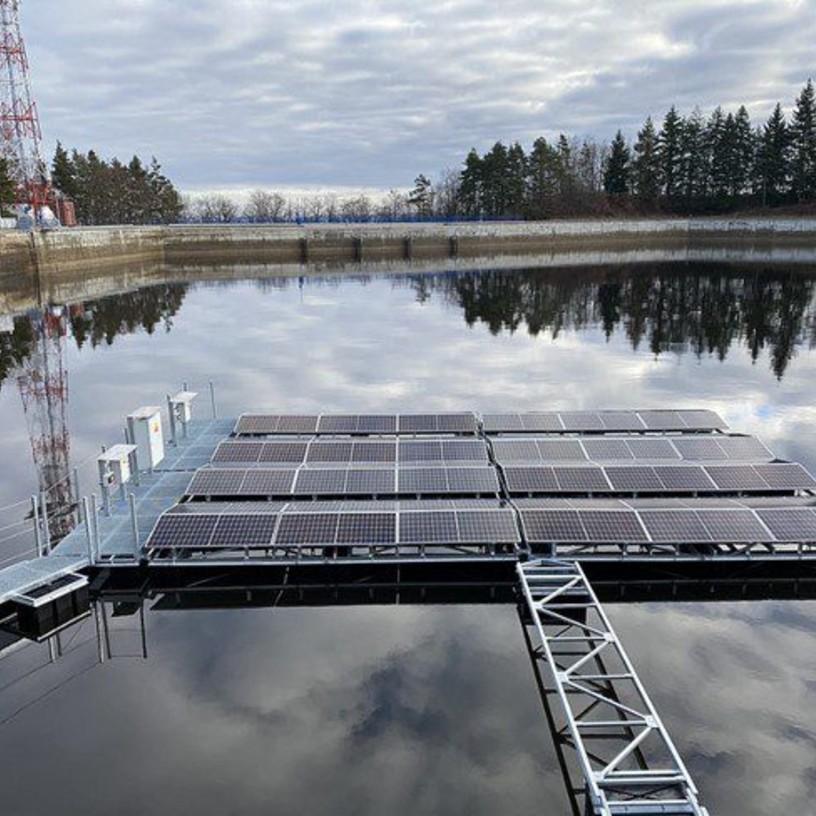How to place photovoltaics on water?
2021-01-13
Photovoltaics on water is the efficient use of solar panels on floating platforms, which provides better cooling of the panels and saves land.

Photovoltaics on water: energy from the sun on floating platforms
Photovoltaic panels can work effectively not only on land, but also on the water surface. Using water bodies for solar installations brings many benefits, such as better cooling of the panels (which increases their efficiency) and saving valuable land areas.
One interesting solution is to place photovoltaic panels on specially designed floating pontoons. These stable platforms can be made of durable and water-resistant materials. Thanks to them, the panels are safely floated on the surface, regardless of water level fluctuations.
Advantages of such a solution:
Optimal cooling: Water naturally cools the panels, which prevents overheating and increases their efficiency in energy production.
Saving land: Installations on water do not take up space that could be used for agriculture, construction or other purposes.
Reduction of evaporation: Large photovoltaic installations on retention reservoirs can reduce water evaporation.
Ease of installation and maintenance: Modern floating systems are designed for easy installation and maintenance.
Floating solar farms can power water pumps, irrigation systems, nearby households or be connected to the power grid. This is an innovative approach to harvesting clean solar energy that has the potential to harness vast expanses of water around the world.
